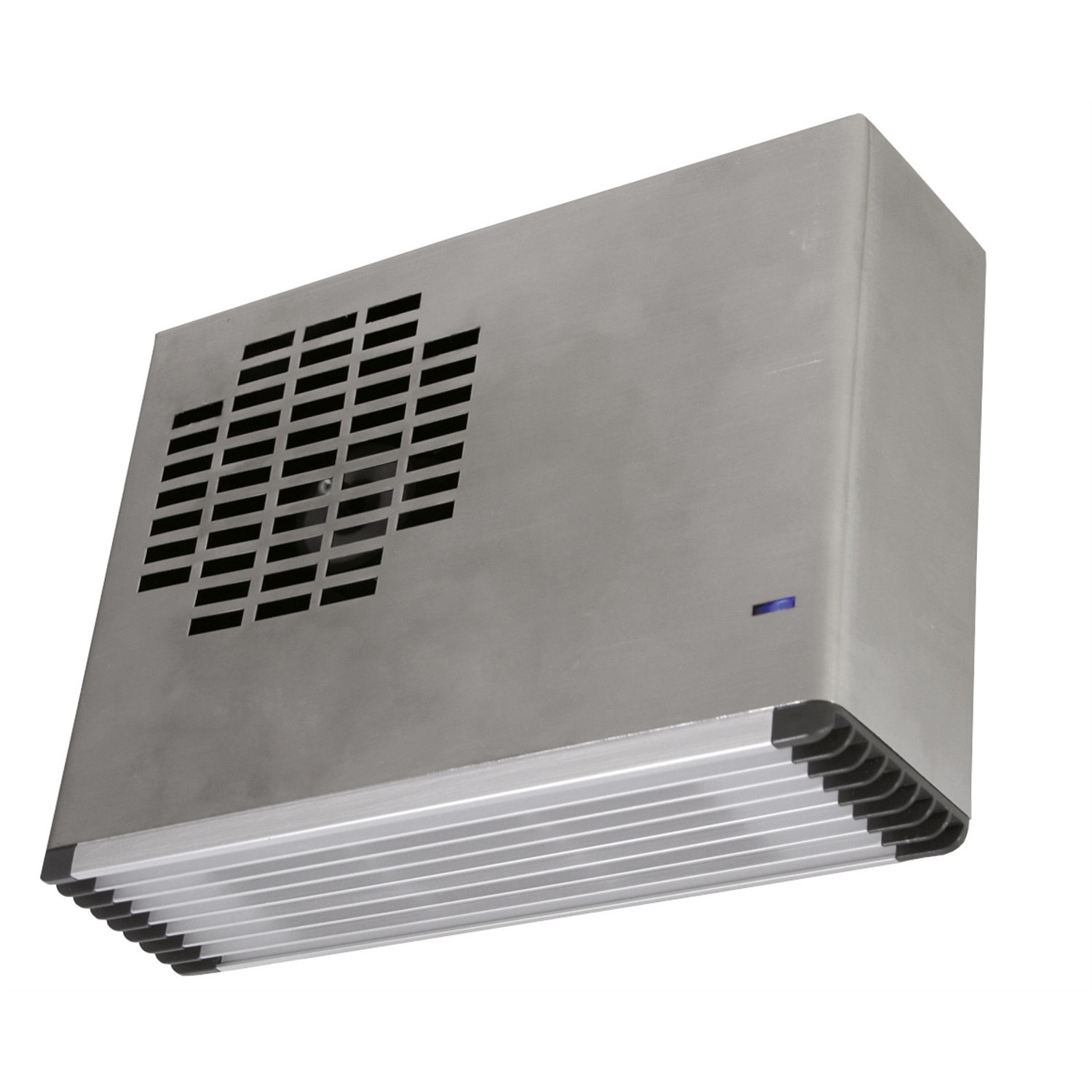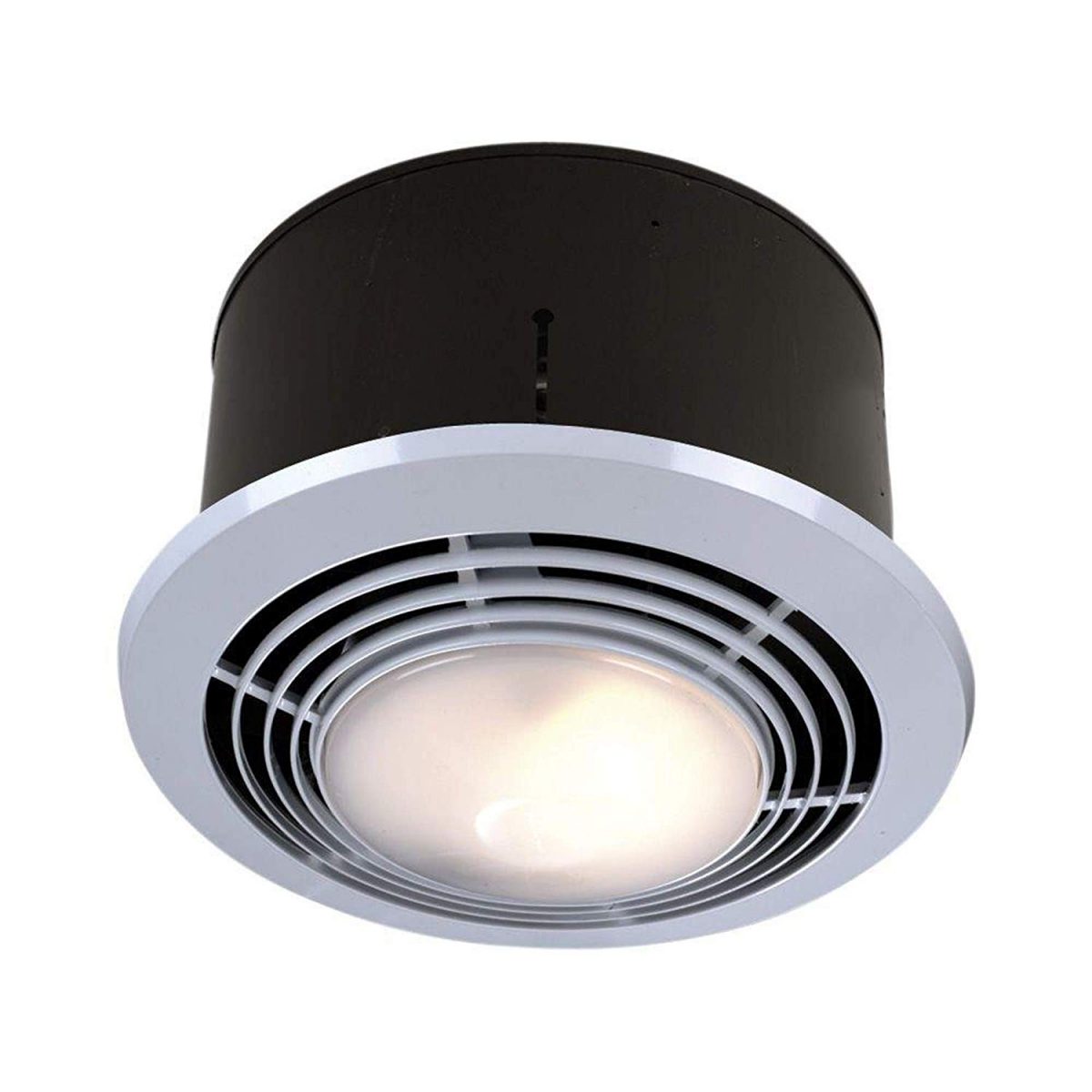Features and Benefits: Best Bathroom Fan With Heater And Light

Best bathroom fan with heater and light – Bathroom fans with heaters and lights combine multiple essential functions into a single, convenient unit, offering a range of benefits that enhance user experience and bathroom functionality.
If you’re looking for the best bathroom fan with heater and light, make sure to check out the latest models that are available in the market. These fans come with a variety of features, including adjustable speeds, built-in timers, and even motion sensors.
And if you’re not sure which fan is right for your bathroom, be sure to consult with a qualified electrician. They can help you choose the right fan for your specific needs and ensure that it’s installed correctly. For more information on bathroom vent fan code, click here.
Once you’ve installed a new bathroom fan, you’ll be able to enjoy a more comfortable and healthier bathroom environment.
These versatile appliances provide efficient ventilation, removing excess moisture and odors from the bathroom, preventing the growth of mold and mildew. The integrated heater provides warmth and comfort, especially during cold seasons, making the bathroom a more pleasant space to use. Additionally, the built-in light illuminates the bathroom, providing ample visibility for daily routines and tasks.
Who needs a boring bathroom when you can have one that’s both warm and well-lit? Check out the best bathroom fan with heater and light, and make your bathroom the envy of all your friends. And if you’re looking for a little bit of anime flair, why not add some miku wallpaper ?
With her cute pigtails and infectious smile, Miku will brighten up your bathroom and make every shower a party. But don’t forget the bathroom fan with heater and light, or you’ll end up with a steamy, foggy mess. Stay warm and dry, and enjoy the company of Miku!
Ventilation and Moisture Control
- Efficiently removes excess moisture and odors from the bathroom, preventing the growth of mold and mildew.
- Creates a healthier bathroom environment by reducing the risk of respiratory problems associated with mold and mildew.
- Helps prevent damage to bathroom surfaces and fixtures caused by excessive moisture.
Heating and Comfort
- Provides warmth and comfort in the bathroom, especially during cold seasons.
- Makes the bathroom a more inviting and pleasant space to use.
- Helps prevent hypothermia and other cold-related illnesses.
Lighting and Visibility
- Provides ample visibility for daily routines and tasks in the bathroom.
- Improves safety by illuminating potential hazards and obstacles.
- Creates a more comfortable and convenient bathroom experience.
Energy Efficiency
- Some models offer energy-efficient operation, consuming less energy while providing effective ventilation, heating, and lighting.
- Helps reduce energy bills and promotes sustainability.
- Contributes to a greener and more environmentally friendly home.
Example Models
Examples of bathroom fans with heaters and lights that showcase these features include:
- Broan-NuTone UltraSilent Bathroom Fan with Heater and Light
- Panasonic FV-30VQ3 WhisperCeiling DC Motor Bathroom Fan with Heater and Light
- Delta Electronics BreezAir Bathroom Fan with Heater and Light
Comparison and Analysis

Yo, bathroom fans with heaters and lights are like the Swiss Army knives of bathroom accessories. They keep your bathroom warm, dry, and well-lit, all at the same time. But with so many different models on the market, how do you choose the right one for your bathroom?
In this section, we’ll compare different models of bathroom fans with heaters and lights based on key specifications such as CFM, wattage, noise level, and price. We’ll also discuss the pros and cons of each model and provide recommendations for different bathroom sizes and needs.
Key Specifications
When comparing bathroom fans with heaters and lights, there are a few key specifications to keep in mind:
- CFM: CFM stands for cubic feet per minute and measures how much air the fan can move. The higher the CFM, the more air the fan can move and the faster it will clear the air in your bathroom.
- Wattage: Wattage measures how much power the fan uses. The higher the wattage, the more power the fan uses and the more heat it will produce.
- Noise level: Noise level is measured in decibels (dB). The lower the noise level, the quieter the fan will be.
- Price: Price is always a factor to consider when choosing any product. Bathroom fans with heaters and lights can range in price from $50 to $200.
Pros and Cons
Each model of bathroom fan with heater and light has its own pros and cons. Here’s a quick overview of the most common pros and cons:
- Pros:
- Can keep your bathroom warm, dry, and well-lit.
- Can help to prevent mold and mildew.
- Can be installed in most bathrooms.
- Cons:
- Can be expensive to purchase and install.
- Can be noisy.
- May require professional installation.
Recommendations
The best bathroom fan with heater and light for you will depend on the size of your bathroom and your specific needs. Here are a few recommendations:
- For small bathrooms (less than 50 square feet): A fan with a CFM of 50 to 100 will be sufficient.
- For medium-sized bathrooms (50 to 100 square feet): A fan with a CFM of 100 to 150 will be a good choice.
- For large bathrooms (over 100 square feet): A fan with a CFM of 150 or more will be necessary.
If you need a fan that is also quiet, look for a model with a noise level of 3 sones or less. If you need a fan that is also energy-efficient, look for a model with an Energy Star rating.
Comparison Table
Here is a table that summarizes the key specifications and features of the different models of bathroom fans with heaters and lights that we discussed:
| Model | CFM | Wattage | Noise level (sones) | Price |
|---|---|---|---|---|
| Broan-NuTone QTX110H | 110 | 1,500 | 3.0 | $150 |
| Panasonic FV-30UQ2 | 150 | 1,800 | 2.5 | $180 |
| Delta Electronics BreezAir B120H | 120 | 1,200 | 3.5 | $120 |
Installation and Maintenance

Installing and maintaining a bathroom fan with a heater and light is not rocket science, but it does require some basic electrical knowledge and a few specialized tools. In this section, we’ll walk you through the steps involved in both processes, so you can keep your bathroom fan running smoothly for years to come.
Safety Precautions, Best bathroom fan with heater and light
- Turn off the power to the bathroom at the circuit breaker panel before you start working.
- Wear safety glasses and gloves to protect yourself from debris and sharp edges.
- Use a ladder or step stool to reach the fan if it’s mounted high on the wall.
- Be careful not to damage the electrical wires or components when you’re working on the fan.
Tools Required
- Phillips head screwdriver
- Flat head screwdriver
- Wire cutters
- Electrical tape
- Drill
- Level
Installation
Now that you’ve got the safety precautions and tools out of the way, let’s get started on the installation. Here’s a step-by-step guide:
- Choose a location for the fan that’s at least 6 inches away from any light fixtures or other electrical devices.
- Drill a hole in the ceiling that’s the same size as the fan’s housing.
- Feed the electrical wires through the hole and connect them to the fan’s wiring according to the manufacturer’s instructions.
- Secure the fan to the ceiling using the mounting screws provided.
- Install the light bulb and heater element.
- Turn on the power and test the fan to make sure it’s working properly.
Maintenance
Once your bathroom fan is installed, it’s important to maintain it regularly to ensure optimal performance and longevity. Here are a few tips:
- Clean the fan blades and housing regularly with a damp cloth.
- Lubricate the fan motor every few months with a few drops of oil.
- Replace the light bulb and heater element as needed.
- If the fan starts making noise or vibrating, it’s time to have it inspected by a qualified electrician.